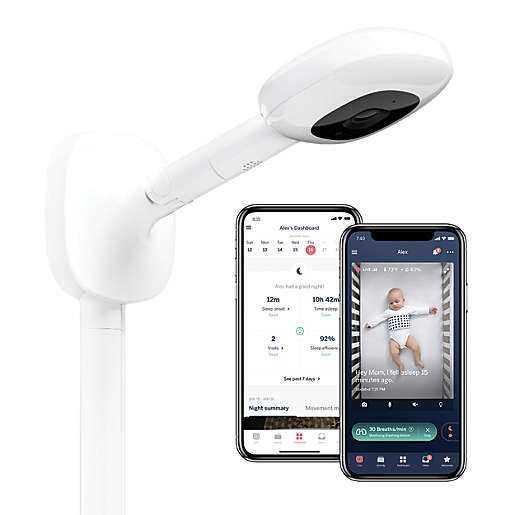PIPA™ Lite LX Infant Car Seat & Base – NUNA
The tough-but-lightweight, streamlined PIPA Lite LX car seat made with aerospace-grade aluminum and featherweight fabric weighs in at just under six pounds.
The tough-but-lightweight, streamlined PIPA Lite LX car seat made with aerospace-grade aluminum and featherweight fabric weighs in at just under six pounds. That’s more than two pounds lighter than the brand’s original PIPA car seat.
Why parents will love it: An ergonomic carry handle and extra-light design make it easier to tote, and easy-release buttons at the base make car-to-car transfers simple and quick. State-of-the-art Aeroflex™ foam and fused plastic create a resilient, shock-absorbing frame for safety, while microknit fabric offers durability, a soft feel and a luxe look without extra bulk.
Why kids will love it: A comfortable headrest with patented Tailor Tech memory-foam cushioning adds comfort and adjusts for a custom fit as baby grows. A dream drape™ UPF 50+ canopy shields little eyes from the sun and rain—simply zip out the extension for extra protection (hidden magnets make for a streamlined fit).
Child weight/height: 4–32 lb.; up to 32″.
Car seat weight/dimensions: 5.7 lb. seat; 19.7 lb. car seat with base; 22.5″ x 27.25″ x 17.5″.
Safety features: Side-impact protection; airline-certified for use with base; crumple zone within stability leg; made of naturally flame-retardant fabric; not chemically treated for fire resistance. The style exceeds American safety standards for infant car seats.
Car installation: The PIPA Lite car seat base—required for use of this car seat in any vehicle—makes it easy to take the seat along as you travel with True lock™ installation that takes just five seconds.
Stroller compatibility: Some Baby Jogger, Babyzen, Bugaboo, Stokke, Mountain Buggy, Inglesina, Joolz, Silvercross and Veer strollers (all sold separately, adapters required and not included).
- PIPA Lite must be used with included base; car seat is not meant to be used in vehicles without base
- Adjustable five-point harness
- Plastic/aluminum/steel/GOTS-certified organic-cotton inserts
- Removable fabric set is machine washable
- Imported
- Kids’ Wear
- Item #5486127






by Steph
I knew well before the sale that I wanted the Pipa Lite. The fact that it’s the lightest baby seat on the market was what sold me. I went to Nordstrom to compare it to other brands. They only carry the Lite LX in store. I liked the upgraded features like the merino wool and the dream drape, but I wasn’t going to pay extra for it. Especially when the seat can only be used up to 32 pounds. But then I saw the LX on sale for less than the regular Pipa Lite and knew it was meant to be. I called my local store to have a sales associate run my card as soon as we were eligible on the 12th. I thought shipping would take some time, but it arrived on the 15th! So impressed with the whole buying experience. The color is beautiful and it is exactly what I wanted. I also got the Vista V2 on the sale so I will use it with that stroller. I’m definitely recommend this car seat to anyone co side ring it.
by Liza
Absolutely love this car seat. The light weight really makes a huge difference especially for me as a C-section birth. The sun blockers make it much easier for the newborn to tolerate the sun. It’s also really nice fabric.
by Nikki
This is my second nuna pipa. My baby feels and look so secure. The car seat does not move at all. Is also beautiful and very eye catching. Pairs well with the nuna mixx stroller.